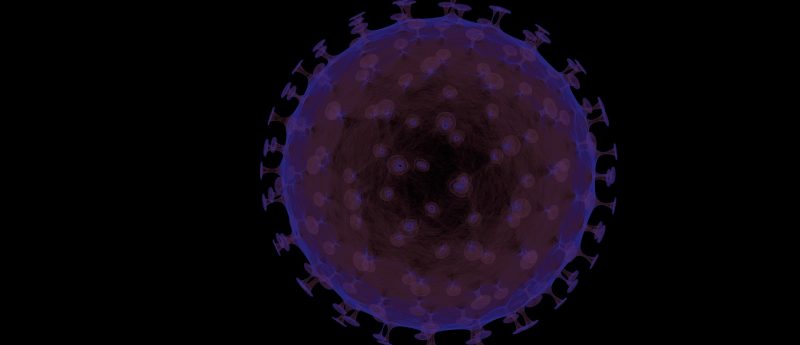Researchers develop new technique to predict the allergenic potency of chemicals

Researchers from Lund University (Lund, Sweden) have developed a new technique that can classify the allergenic potency of chemicals without the need for animal testing, thus fulfilling European regulations. The technique is able to establish whether a chemical substance, which could be present in cosmetic or household products, can result in skin sensitization and how allergenic each substance could be.
Malin Lindstedt (Lund University) commented: “We have to deal with the fact that industrial chemicals are present and necessary in our society, as are natural substances, some of which can also make us allergic. Testing their effects on health before using them in cosmetics, paint, cleaning products and others, allows us to replace them with safer substances and thereby avoid clinical symptoms. This way you can avoid making the corrections later on.”
The technique developed by the team utilizes an in vivo assay termed Genomic Allergen Rapid Detection. The transcriptional based assay works by measuring the expression levels of 200 mRNA biomarkers from immunologically relevant pathways that are induced by an allergic reaction.
By exposing human cells to a series of chemical substances the team were able to classify the sensitizer potency of different chemicals in accordance with the European classification labeling and packaging regulations, as either: strong, weak or a non-sensitizer.
“We have identified 52 biomarkers which can predict how potent an allergenic substance actually is. Based on how the genetic expression changes after exposure to the substance, we are able to make a comprehensive assessment. This predicts the strength with high accuracy,” explained Lindstedt.
She went on to add: “We want to know more about what triggers allergy at the genetic level. We are often asked ‛how good is your model compared with the mouse model?’ We don’t want to compare ourselves with that model, for ethical reasons, but also because animal models are not sufficiently good at predicting allergy in humans.”
At present, the use of this test is somewhat limited. However, it is hoped once it is validated by the Organization for Economic Co-operation and Development its use for classifying the allergenic potency of chemicals will be widespread by chemical producers.
Sources: Zeller K.S, Forrerya A, Lindberg T et al. The GARD platform for potency assessment of skin sensitizing chemicals. ALTEX doi:10.14573/altex.1701101 (2017)(Epub ahead of print); www.lunduniversity.lu.se/article/new-test-method-aims-to-predict-allergenic-potency-of-chemicals





